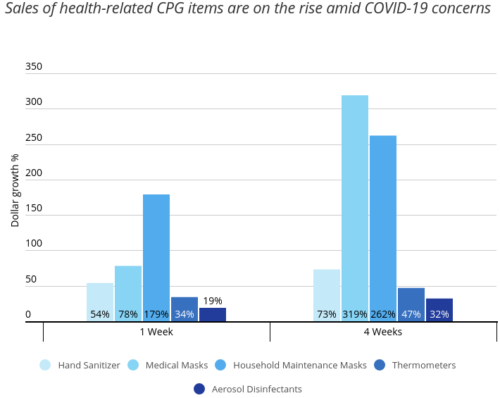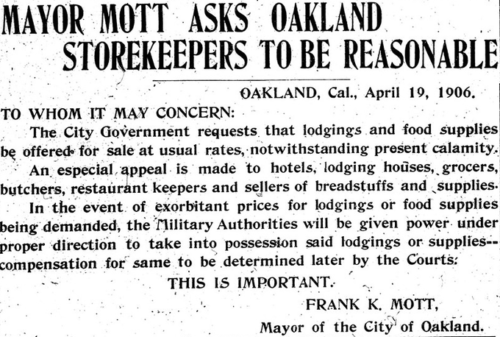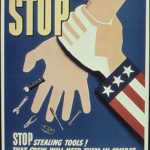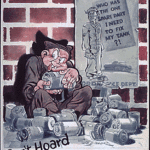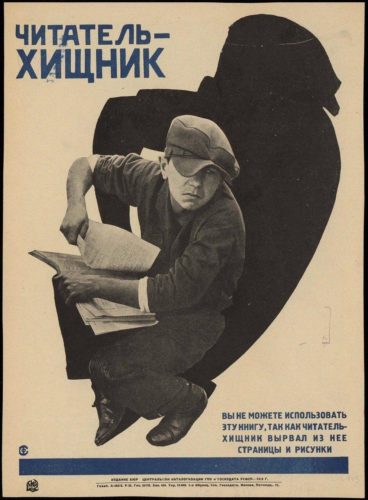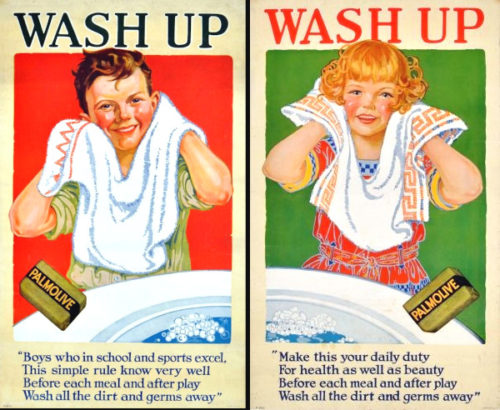
These coronavirus quarantine times,
Definitely need some new soap rhymes.
Plenty of soap sits on shelves all around the world, yet toilet paper and hand sanitizer are disappearing far too quickly, leaving shelves barren. Why? I’d say it’s a lack of action by nations to run anti-hoarding public service announcements (e.g. it’s illegal in many places) as well as pro-soap safety slogans and information campaigns.
The economics of ignoring science
First of all, psychologists believe that hoarding behavior during a crisis is related to a sense of control. It’s ironic because hoarding exhibits instead both a lack of control as well as a transfer of power from the individual to large corporations known to use their fortunes to further reduce individual control.
Toilet paper in some cultures, for example, represents training people from a very early age on healthy living habits in a very inexpensive bulk retail format. Buying huge amounts of paper at low cost arguably feeds into a tribal association with a fundamental product for keeping oneself clean and safe.
Water and soap would of course be cleaner than toilet paper. Studies report how infections decrease among those who use a bidet, so a spike in bidet installations and decrease in paper would be beneficial for multiple reasons. Yet when someone starts to panic it may not be an ideal time for them to shift into thoughtful things like washing with soap at the toilet instead of paper (although data suggests it is starting to happen anyway).
Thus, hoarding is about people in faith-based toilet paper societies needing to feel in control of their cleanliness and safety if a novel virus starts to scare them. Buying rolls of paper feeds directly into feelings of something tangible being done, to avoid feelings like loss of control. It’s a primitive but effective trauma coping mechanism.
People also have developed a kind of blind faith in hand sanitizer. Unlike paper, sanitizer benefits mostly from slick marketing that manages to squeeze popular perception of control into an unremarkable pump bottle or box of tissues. Sadly, on that note, the marketing often is entirely deceptive and unsafe because it doesn’t work at all as advertised:
The front of the package doesn’t mention that it’s alcohol-free; the back includes small print that lists benzalkonium chloride as the active ingredient and the label “alcohol-free formula.” Nowhere on the Amazon product listing does it say it’s alcohol-free.
Here’s another take on it from Supramolecular chemistry expert Palli Thordarson who tweeted out why soap with water is superior:
The scientist went on to explain that disinfectants, wipes, gels and creams containing alcohol – hand sanitisers – are effective at killing bacteria, but don’t break down the structure of the virus. […] The Tweets come after Dr Norman Swan also declared soap was better on ABC’s 7.30 program.
There is no real comfort or any advantages to the sanitizers only more risks (such as toxic additives and false advertising) versus other known safer and more effective options such as soap and water.
One of the crazier things I hear, for example, is that hand sanitizer is more “convenient” because you don’t always have water with you. This of course begs the question of why you can have hand sanitizer with you if you can’t carry a small bottle of water?
Another thing I hear is that hand sanitizer saves time. And that is exactly the problem with it. Doing a 20 second minimum of soap and water washing is what makes it so effective. Going faster turns out to be less effective for both, plus you often find people squirting sanitizer multiple times and rubbing for 20 seconds anyway.
More to the point, being out and about in the real world with exposure to things like dirt, dust and oils makes sanitizer even less effective versus hand washing with soap. But again, hoarding is evidence of people seeking feelings of control through retail therapy, not about them making smart life choices.
Business Insider did a simple experiment to show real differences between sanitizer and soap (lighter is worse, and sanitizer is the top one).
Despite these facts, sales research shows percentages are up massively for sanitizer while soap doesn’t even make the chart
Hoarding is a crime
Second, there is of course is another explanation. Hoarders actually are predatory criminals aiming to corner a disaster market and profit from artificial scarcity that they hope makes them rich as they slowly kill their neighbors.
Amid coronavirus fears, this couple has made more than $100,000 reselling…
Here’s another example from NYC:
“The woman ahead of me bought $2,000 worth of thermometers,” said Zapatak.
The only people really benefiting from such panic and hoarding of goods are large conglomerates like the Koch family that dominate an industry and who infamously tend to stoke panic in democracies by claiming absurdly false things like Eisenhower was a Communist.
Georgetown psychiatrist James S. Gordon describes this extreme faith-based business model unleashed upon Americans as a means to…
…reflect and amplify the least evolved parts of our biology and behavior: the remorseless struggle for survival that is the highest achievement of the reptilian part of our brain and the fears, rages and insecurities that flourish in primitive parts of our limbic system, our emotional brain.
Just remember, the more your reptilian brain parts panic buy things like sanitizer and toilet paper instead of locally sourced soap, the more a giant Koch empire is working to undermine democracy, not to mention you’re probably stockpiling a product that denies it to someone who actually needs it.
What is really on point now is a round of public service announcements and posters to remind people to stay calm and lather.
During the Great Fire of San Francisco, for example, the Oakland Mayor simply said businesses that use surge pricing during disasters (e.g. the entire predatory business concept of Lyft and Uber) would have their assets confiscated by the military.
Can you imagine modern-day hackers from the government taking Amazon’s assets under military control in order to stop rampant criminal price gouging practices?
Instead of that, several states (at least California, Washington and New York) had to direct Amazon to block gouging crimes based on hoarders. New York also committed to producing 100,000 gallons per week of it’s own public version of hand sanitizer, safer than the misleading commercial/private labels, for distribution wherever Amazon’s hoarders had attacked.
With the current absence of leadership ability in federal government on this topic, perhaps Amazon security staff could take it upon themselves to hack into anyone detected on their platform using gouging practices and seize assets for Amazon to redirect/redistribute. I suppose that’s like a man-in-the-middle platform attack by the platform itself, as hoarders would get no money in a sale and the product would be intercepted when it shipped. Probably too much legal red tape and coordination among private sector executives for that to work.
But seriously, law enforcement could be sent to these criminal-minded hoarding caches to seize their ill-gotten assets and redistribute via Amazon to vulnerable populations:
…they watched the list of Amazon’s most popular searches crowd with terms like “Purell,” “N95 mask” and “Clorox wipes,” sellers said, they did what they had learned to do: Suck up supply… Mr. Colvin does not believe he was price gouging. While he charged $20 on Amazon for two bottles of Purell that retail for $1 each, he said people forget that his price includes his labor, Amazon’s fees… “I’m not looking to be in a situation where I make the front page of the news for being that guy who hoarded 20,000 bottles of sanitizer that I’m selling for 20 times what they cost me.”
That’s right, Mr. Colvin believes his fellow citizens deserve to be gouged or dead because illegal hoarding isn’t free for him (just think of the legal fees alone to stay out of jail and avoid angry mobs) and Amazon wants a cut of his hoarding. Perfect example of market failure and why privatized systems can be the worst thing during times when societies need collaboration and cooperation the most.
One doctor, in a desperate appeal to get people to stop hoarding and start donating instead, explained it like this:
If doctors and nurses die because of inadequate protection, all the toilet paper and dried pasta in the world won’t save you.
There are many other examples of hoarding behavior in history of war (coronavirus has very similar dynamics as nations going to war) and how the hoarders were dealt with, so it’s a wonder nobody in government anywhere seems to be creating modern versions of these types of public service campaign posters.
And perhaps the best example of all, a Soviet poster warning to watch out for people who steal paper from books.


